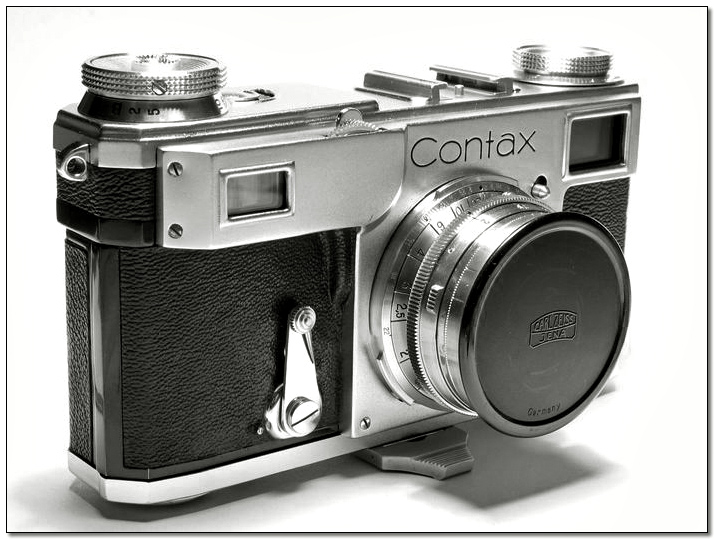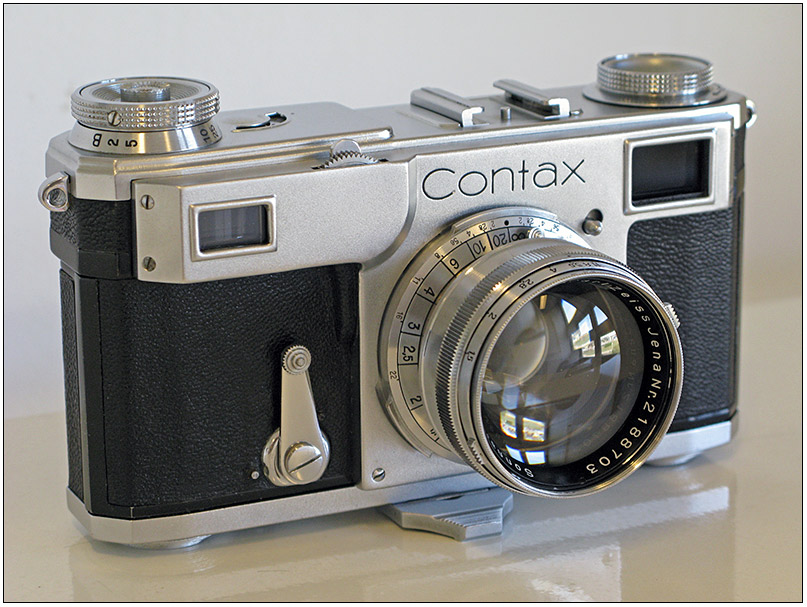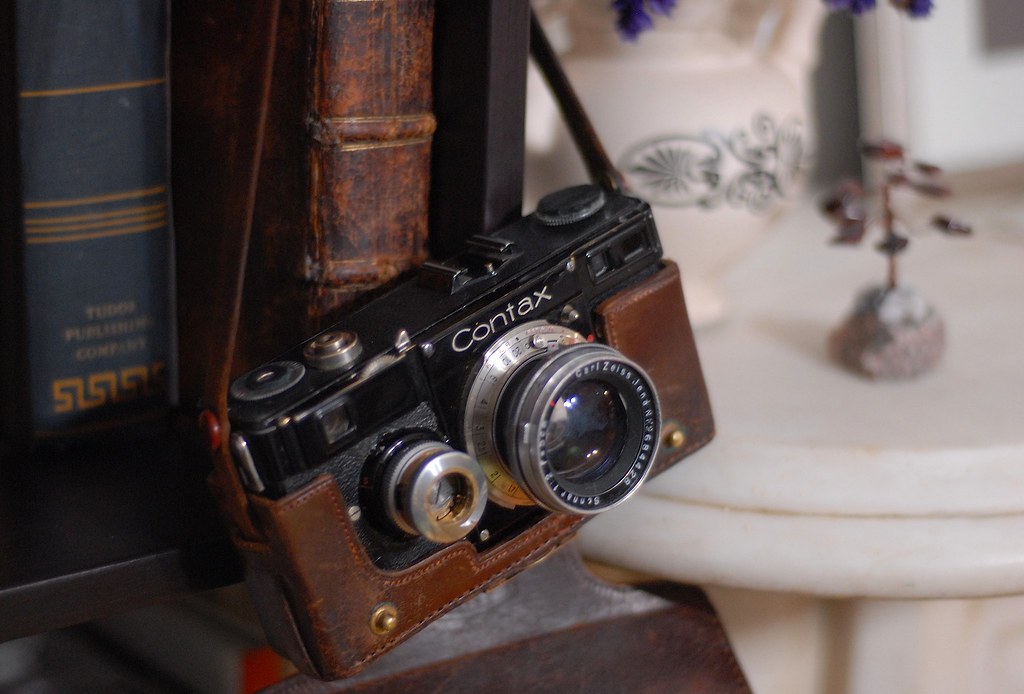Erik van Straten
Veteran
Does it have a black distance scale on the lens mount?
Thank you, Michael!
This one has a black distance scale and has the slow speeds too. It is a model 4. I also have a model 5, with rounded corners and an aluminium accessoryshoe. Strange enough that one has a lower number than this one.
I also have a model 7 (turning wedge rangefinder).
On the field of ergonomics the Contax I is an disaster area. I think the whole project of the Contax I was an experiment for Zeiss until their definitive product, the Contax II, was ready. It took Leitz almost twenty years to complete the M3, so the only six years or so of development of the Contax II is a miracle in itself.
The worst are the placement of the wind knob and the setting of the speed. You need good glasses and a good memory to use the speed knob. You cannot make a quick series of pictures with the camera. It is however a stunning fact that the camera was a succes: about 35.000 were sold.
But I like the camera in terms of design. The style of the v5 and later models is like Adolf Hitlers Mercedes. That shiny black! That leather on top! That modernist lettering!
Erik.







